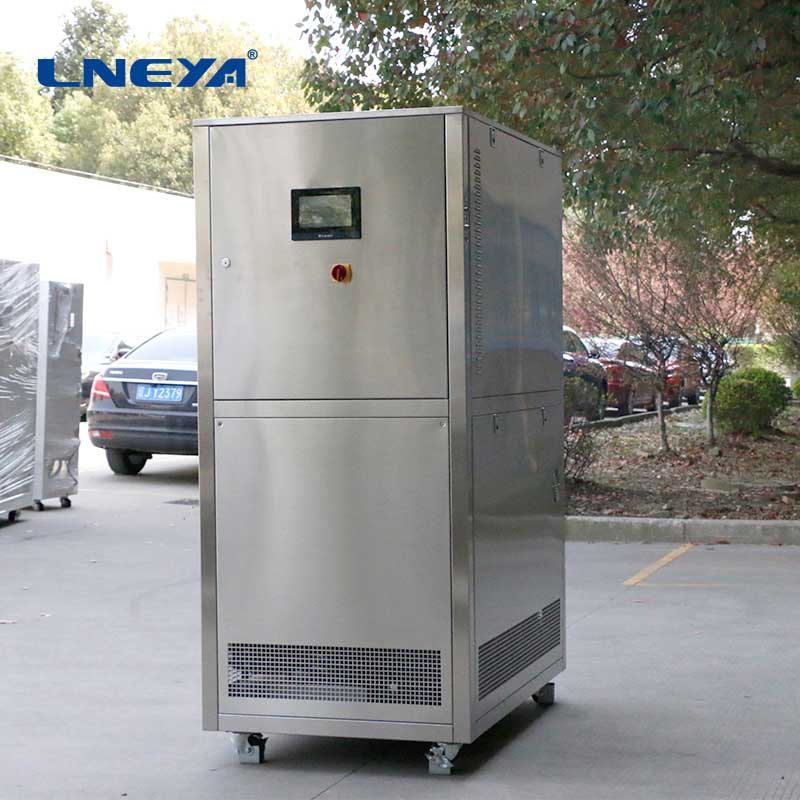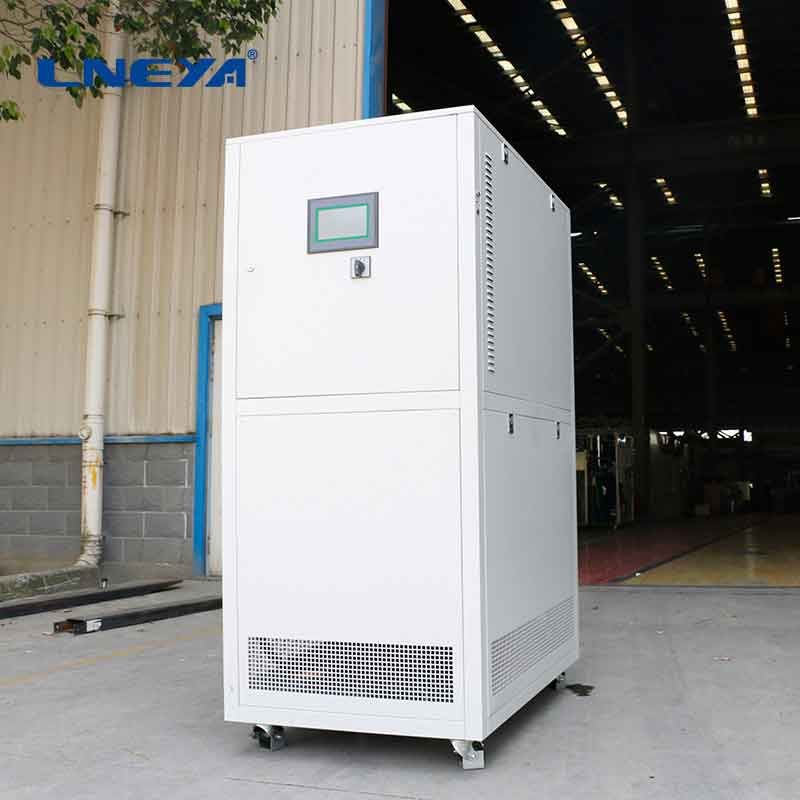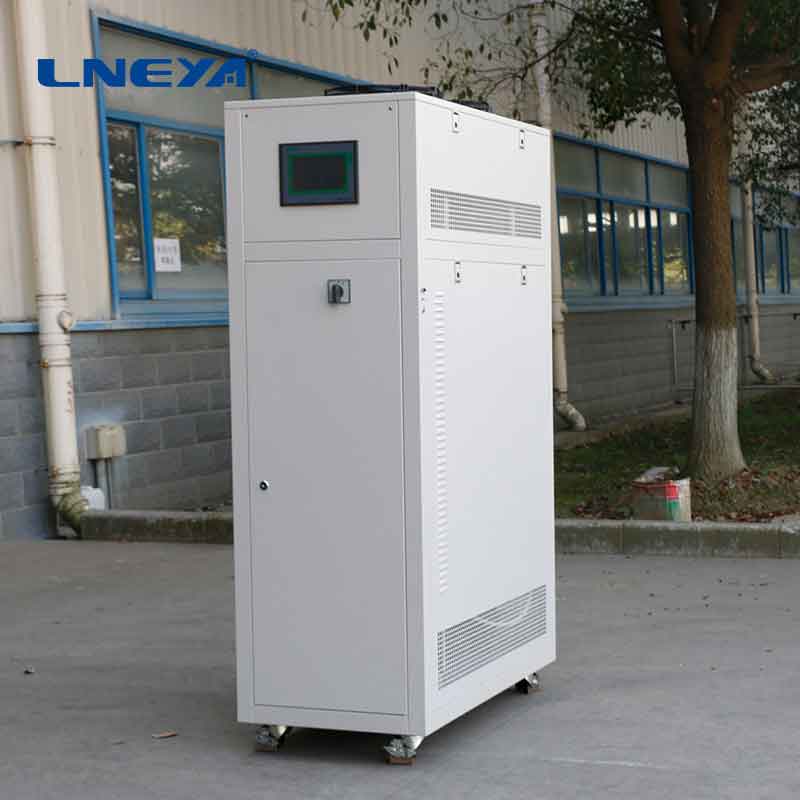cooling water circulator
Cooling Water Circulator: Precision Temperature Control for Industrial Applications
Cooling water circulators are essential in maintaining optimal temperatures in a range of industrial and scientific processes. These systems circulate a coolant through a heat exchanger, ensuring precise temperature control that is critical for chemical reactions, jacketed reactors, and cooling analytical instruments. This article provides an in-depth look at the principles, types, components, and benefits of cooling water circulators, as well as the latest technological advancements in the field.

Principles of Operation
Cooling water circulators operate on the principle of heat transfer. They use a coolant, typically water or a specialized fluid, which is circulated through a closed loop system. The coolant absorbs heat from the process or equipment that needs cooling, and this heat is then dissipated through a heat exchanger, often with the aid of a cooling tower or refrigeration system.
Types of Cooling Water Circulators
There are several types of cooling water circulators, each suited for different applications:
Recirculating Chillers: These units are designed for applications requiring constant temperature control. They circulate coolant through a closed loop, maintaining a consistent temperature.
Portable Chillers: Compact and movable, these units are suitable for applications where flexibility and portability are needed.
Industrial Chillers: These are heavy-duty units designed for large-scale industrial processes that require continuous cooling.

Solar-Powered Chillers: As discussed in a recent study, these are eco-friendly alternatives that use solar energy to power the circulator, reducing electricity consumption and environmental impact.
Components of a Cooling Water Circulator
The main components of a cooling water circulator include:
Compressor: This is the heart of the chiller unit, responsible for circulating the coolant.
Heat Exchanger: This is where the coolant absorbs heat from the process fluid and releases it to the environment.
Pump: It circulates the coolant and process fluid within their respective loops.
Control System: This regulates the temperature by monitoring and adjusting the coolant flow and compressor operation.
Reservoir: Holds the coolant, which can be expanded or equipped with additional features like filtration or purification systems.
Benefits of Cooling Water Circulators
The use of cooling water circulators offers several advantages:
Precision Temperature Control: Ensures consistent conditions for accurate and repeatable results.
Energy Efficiency: Modern chiller units are designed to minimize energy consumption, reducing operating costs.
Safety: Prevents overheating of processes and equipment, reducing the risk of accidents and damage.
Versatility: Suitable for a wide range of applications, from chemical reactions to cooling sensitive analytical instruments.
Latest Trends in Cooling Water Circulator Technology

The global market for cooling water circulators is influenced by factors such as technological advancements, increasing demand in research and development, and the need for precise temperature control in various industries. Some of the latest trends include:
Solar-Powered Systems: As mentioned in a recent study, these systems use solar energy to power the circulator, reducing environmental impact and electricity costs.
Energy-Saving Evaluations: Comprehensive energy-saving evaluations, as discussed in another study, help optimize the performance of cooling water systems, reducing energy consumption and costs.
Digital Controls: Advanced control systems provide more precise temperature regulation and user-friendly operation.
Integration with Smart Technologies: Smart sensors and IoT connectivity allow for remote monitoring and control, enhancing efficiency and convenience.
In conclusion, cooling water circulators are indispensable in maintaining optimal conditions for various industrial processes and scientific experiments. By understanding their principles of operation, types, components, and the benefits they offer, industries can select the most suitable circulator for their needs. With the market showing steady growth and technology continuously evolving, cooling water circulators will play a crucial role in the future of temperature control in various applications.
Related recommendations
heating & cooling
496Introduction to Heating & Cooling Systems Heating and cooling systems are integral to our daily lives, providing comfort and maintaining optimal conditions for various activities. These sys...
View detailsWhat is the reason why air cooled industrial chiller do not return oil?
1041What is the reason why air cooled industrial chiller do not return oil? When the return oil of air-cooled industrial refrigerators is not smooth, it is very headache. Generally speaking...
View detailslow consumption heater
547Understanding Low Consumption Heaters Definition of Low Consumption Heaters Low consumption heaters are heating devices designed to operate with minimal energy use while maintaining efficien...
View detailschiller 1kw
296IntroductionA chiller with a 1kW capacity is a compact yet essential cooling device that plays a crucial role in numerous applications where moderate cooling is required. The “1kW” in the context...
View details
 LNEYA Chiller
LNEYA Chiller







HelloPlease log in